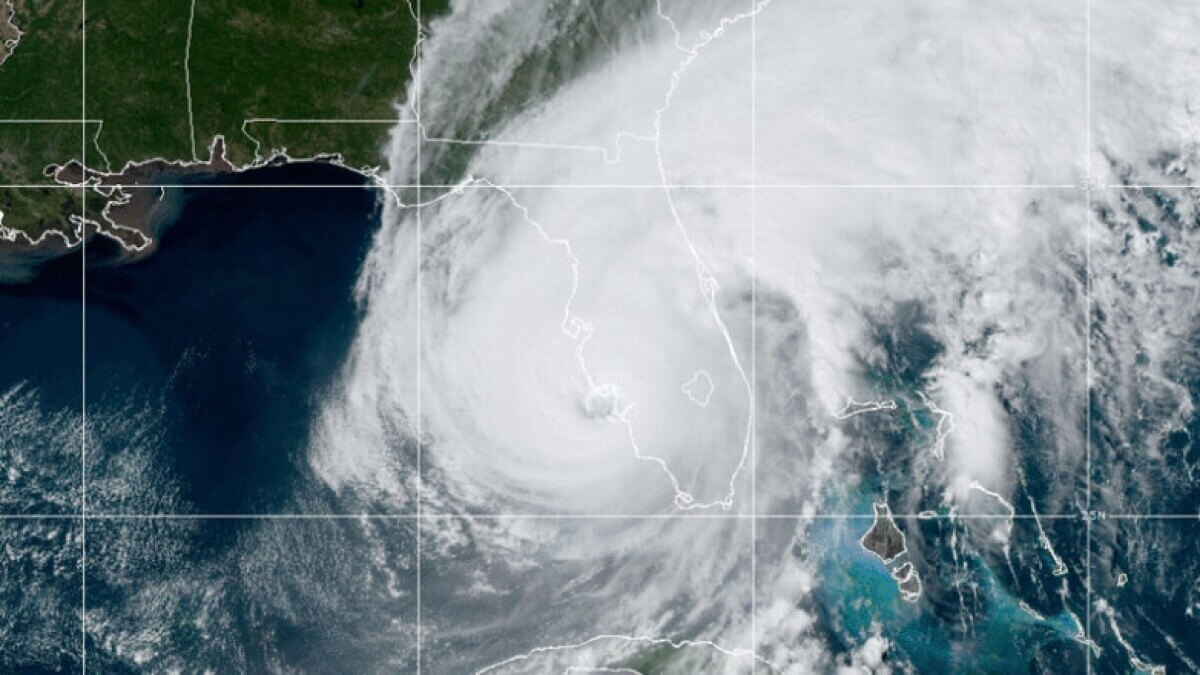On September 28th this year, Hurricane Ian made landfall in Southwestern Florida as a category 4 hurricane. It caused catastrophic damage and flooding, but that wasn’t the end of it. Just two days later on September 30th, it made a second landfall in South Carolina after picking up strength over the Atlantic Ocean, adding to the devastation and chaos. We saw freight rates do some really strange things during this time, and that’s exactly what we’re here to explain today.
What Storms Have an Impact
It’s not just hurricanes that can shift the trucking market. It’s all of the storms that happen each and every year, and they’re fairly predictable. Of course there’s hurricane season which tends to impact the Gulf and Atlantic coasts of the US, but there’s winter storms and massive forest fires that we deal with every year as well. If you live in an area that is impacted by these natural disasters, you know how it can shut down your city or town for days and even weeks. Naturally, when things come to a halt, transportation is one of the things that stops as well. But what happens after the storm? Do things go back to normal? Not right away. Let’s take a look at what happens before and after these storms, and how they impact us in the transportation world.
Before the Storm
Thanks to impressive development in our availability to predict storms ahead of time, we typically have a few days to a week to prepare for an impending weather situation. People flood the grocery stores and hardware stores to stock up on food, water, gas, generators, supplies, and so on. This alone has an impact on the demand to restock the shelves. In addition, trucks are going to flee the area before a storm so they aren’t stuck in a hurricane, wildfire, or snow storm. If all of the capacity suddenly leaves a certain region and there’s not enough freight for them to all haul out, you have trucks that are either driving empty, or competing to get any freight they can get their hands on at wildly low prices. In the days leading up to the landfall of Hurricane Ian, trucks were fleeing north out of Florida to regions like Georgia and the Carolinas. The average rate per mile as reported by DAT was somewhere around 50 cents. That’s a small fraction of the national average that is 5-6 times higher. Why do trucks take freight at 50 cents a mile? Well, there’s more supply than demand which drives prices down. Some drivers drove empty and lost money just paying for fuel to get out. Some drivers offered to haul loads at low rates just to cover their fuel costs and not end up losing money. There were some lucky carriers, though, that had regular lanes out of Florida, and they were lucky enough to not take a hit like the others. Now that the capacity has dried up and left the area, what happens when the dust settles? Let’s look at what happens after the storm.
After the Storm
Just like a vacuum, the demand after the storm was there to suck everything back into Florida that left before the storm. In addition to the normal trucking capacity that operates in that area, the demand surged to get emergency supplies, building materials, clean up crews, and everything else needed down into Florida. Shelves had to get restocked at grocery stores, gas stations, hardware stores, warehouses, and distribution centers. The US governmental agency, FEMA, started sending their emergency supplies and food into the affected area as well. This all has to be done on trucks which flipped the demand from practically zero to sky high. When the demand is extremely high and the supply of available trucks is limited to the physical fleet sizes that operate in that area, prices skyrocketed. Instead of 50 cents a mile to get a truck into Florida, we saw rates more than double their standard average. It was common to see rates of 5-6 dollars per mile to get a truck back into the impacted areas after Hurricane Ian. There’s only so many trucks, and customers know that they have to pay a premium to secure capacity in a time when they need it.
The Takeaway
So what can you take away from all of this? We know when hurricane season is every year, and we know when winter weather is at its worst. We can plan and predict these situations, so we should be planning ahead. Have a conversation with your customers and carriers in the time leading up to a storm. Get setup with FEMA well before hurricane season if you plan to help coordinate the transportation of the recovery efforts. Don’t be shocked when the next hurricane, wildfire, or winter storm flips the market overnight. Proper planning in advance can alleviate a lot of the stress and headaches that come with the market disruptions.





